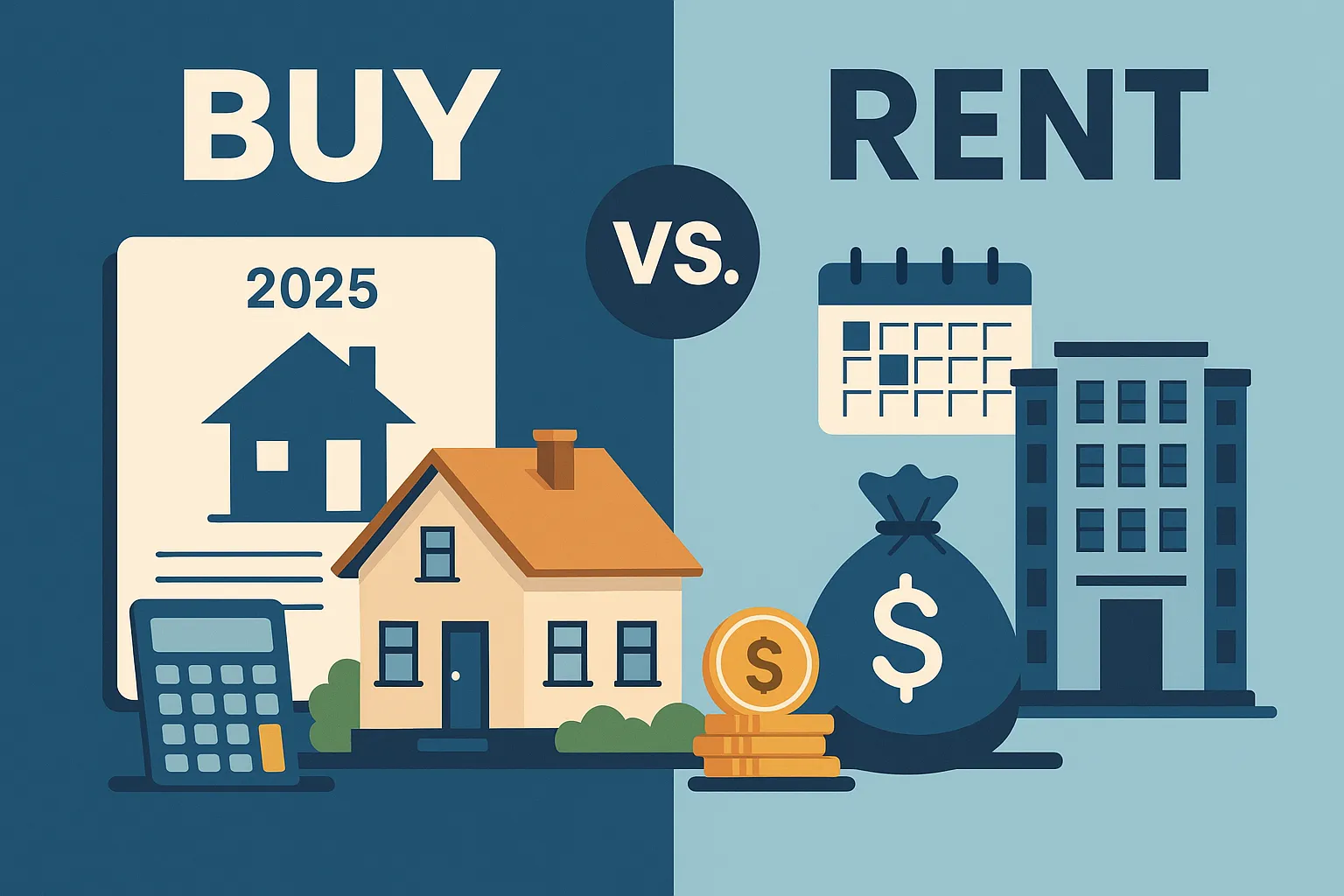Portfolio Management Comparison: PortfolioPilot vs Portfolio Visualizer

According to Vanguard’s latest workplace-savings study, plan participation and saving rates are near record highs as auto-enrollment spreads across US 401(k)s, evidence that more households are actively planning than a decade ago (Vanguard, 2024). Many investors assume that any planning calculator or backtest is “good enough.” The real decision is subtler: choose a research lab (Portfolio Visualizer) or an ongoing, tax-aware planning assistant (PortfolioPilot). This article explains the difference, why it matters for real portfolios, and when each approach can help.
Key Takeaways
- Portfolio Visualizer is a research suite, including backtests, factor analysis, and Monte Carlo simulations, with extensive historical data and optimizers. It’s useful for testing ideas before acting.
- PortfolioPilot offers much of the same core portfolio management tools & simulations, and also focuses on a person’s whole financial picture and ongoing, tax-aware planning, connecting retirement projections with fees, diversification, and monthly recommendations. It’s designed for self-directed investors who want guidance without handing over assets.
- The choice isn’t theory vs. practice, it’s project-based analysis vs. continuous planning. Some investors use both: validate assumptions in Portfolio Visualizer, then manage the ongoing plan in PortfolioPilot.
PortfolioPilot: ongoing, integrated retirement planning
An AI-powered portfolio management platform built for self-directed investors who want hedge fund inspired insights without handing over control. PortfolioPilot consolidates brokerage, retirement, real estate, crypto, and cash accounts into one adaptive system that updates as markets, taxes, and personal goals evolve.
Core strengths (at a glance):
- Comprehensive tracking for free: Unified visibility across accounts and asset classes, equities, bonds, real estate, commodities, crypto, and cash, without asset-based charges.
- Tax-aware portfolio management: Surfaces opportunities for better account placement, potential tax-loss harvesting, and efficient contribution or withdrawal timing. (General capability; not a guarantee of results.)
- Dynamic portfolio modeling: Runs ongoing “what-if” scenarios, interest-rate shifts, allocation changes, and contribution adjustments, to quantify risk and resilience.
- Diversification intelligence: Draws from Diversification.com analytics, including diversification scores, concentration flags, and correlation insights across 30+ asset classes.
- Monthly optimization alerts: Proactive guidance on rebalancing, fees, and risk exposures, delivered in plain English, not financial jargon.
Why this matters: Portfolio management isn’t a one-time setup; it’s a living system. Markets move, tax laws shift, and personal circumstances change. During the 2022 rate-hike cycle, many “balanced” portfolios saw both stocks and bonds decline together. A disciplined, adaptive framework helps investors stay objective and maintain alignment even when headlines turn noisy.
Hypothetical: Imagine a 45-year-old investor managing a taxable brokerage account, a 401(k), and some crypto holdings. After a market pullback, unrealized losses appear in their taxable sleeve while equity exposure drifts above target. A system that flags harvesting opportunities, highlights fee drag, and recalibrates diversification metrics in real time helps this investor act on data, not emotion.
Portfolio Visualizer: data-heavy research and backtesting (idea lab for DIYers)
A web suite for portfolio research, historical backtests, factor and risk analysis, and Monte Carlo simulations. It’s widely used to evaluate strategies, allocations, and fund mixes before making changes.
Core strengths (at a glance):
- Backtests & allocation analysis: Test multi-asset portfolios over history; compare return, volatility, and drawdowns.
- Optimizers & factor tools: Mean-variance, risk-parity, and factor metrics to understand what actually drove performance.
- Monte Carlo simulation: Model thousands of possible future paths, not just straight-line projections.
- Clear charts & tables: Useful for sanity-checking assumptions against long-term data.
Why this matters: Theory often diverges from live results when markets break their usual pattern. Backtests show how a portfolio might have behaved under prior stress, which helps set realistic expectations before real money moves. However, backtests are descriptive, not prescriptive; they don’t adapt to new tax circumstances or changing household cash flows.
Hypothetical: A person compares a 60/40 blend with a 60/40 plus commodities sleeve. Backtests and Monte Carlo show lower historical drawdowns and improved tail outcomes for the latter in certain windows. That insight can inform if the person wants to diversify, but translating the idea into account-specific, tax-aware actions typically requires a planning layer.
Head-to-head: where they differ
Purpose & workflow
- PortfolioPilot: Built for ongoing household planning with tax awareness, multi-asset tracking, and monthly recommendations.
- Portfolio Visualizer: Built for research, testing strategies, stress-test assumptions, and examining risk/return trade-offs.
Tax and accounts
- PortfolioPilot: Points to tax-aware moves across taxable vs. tax-advantaged accounts and surfaces fee and risk insights.
- Portfolio Visualizer: Rich analytics, but not positioned as a personalized monthly tax-opportunity engine.
Behavioral guardrails
- PortfolioPilot: Regular check-ins and alerts can reduce action bias, panic selling, or inertia by refocusing on a consistent playbook.
- Portfolio Visualizer: Helps set expectations upfront; fewer built-in nudges once the plan is in motion.
Cost framing
- PortfolioPilot: Many tools are free to access. Flat-fee planning and tracking model aimed at self-directed investors; not an AUM robo that takes custody.
- Portfolio Visualizer: Many tools are free to access; premium tiers unlock advanced modules for deeper analysis.
How optimized is your portfolio?
PortfolioPilot is used by over 30,000 individuals in the US & Canada to analyze their portfolios of over $30 billion1. Discover your portfolio score now:






